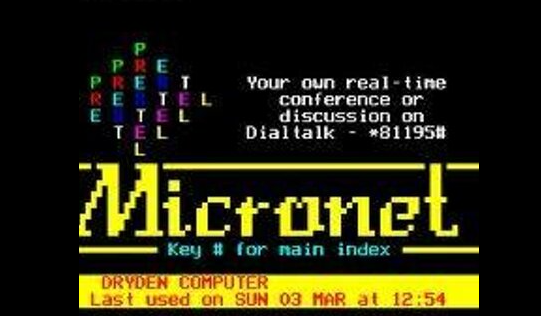Setting Performance-Related Configuration Parameters
The WebLogic Server configuration file (config.xml) contains a number of performance-related parameters that can be fine-tuned depending on your environment and applications. Tuning these parameters based on your system requirements (rather than running with default settings) can greatly improve both single-node performance and the scalability characteristics of an application.
Within a WebLogic Server domain, the configuration file is located on the machine that hosts the Administration Server, and provides persistent storage of WebLogic MBean attribute values. The Administration Server serves as a central point of contact for server instances and system administration tools. A domain may also include additional WebLogic Server instances called Managed Servers, which are used mainly for servicing applications.
When the Administration Server starts, it reads the domain configuration file and overrides the default attribute values of the administration MBeans with any attribute values found in the configuration file. Every time you change an attribute using the system administration tools (using either the command-line interface or the Administration Console), its value is stored in the appropriate administration MBean and written to the configuration file.
For more information about system administration infastructure, see “Overview of WebLogic Server System Administration” in the Administration Guide.
Overview of WebLogic Server System Administration
Table 4-1 lists the config.xml file parameters that affect server performance.
| Attributes | Console Field | For information | |
